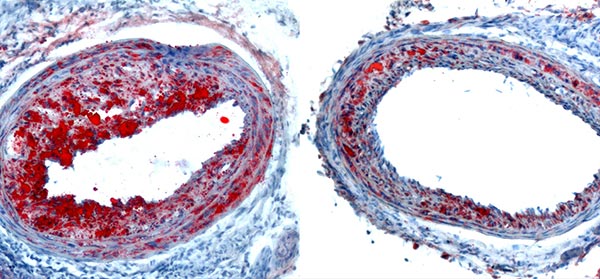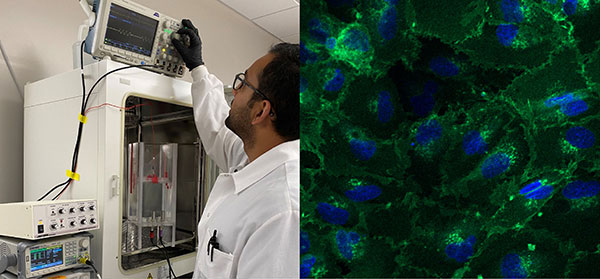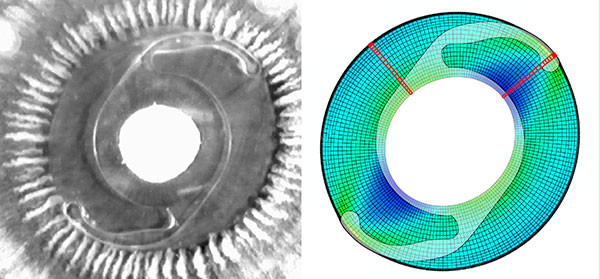
from tissue to genome and benchtop to bedside
Our Goal:
To make discoveries in mechanobiology that found new avenues of translation to the clinic
Mechanotherapy

We study the role of mechanobiology in atherosclerosis progression and regression
Nanomedicine

We examine the use of nanoparticles with DCE-MRI as a noninvasive diagnostic of atherosclerotic plaque phenotype
Cell Engineering

We explore how mechanical stimuli generated from ultrasound can be used to control cell behaviors
Tissue Modeling

We characterize the mechanical environment of tissues during normalcy, disease, and after implantation of medical devices